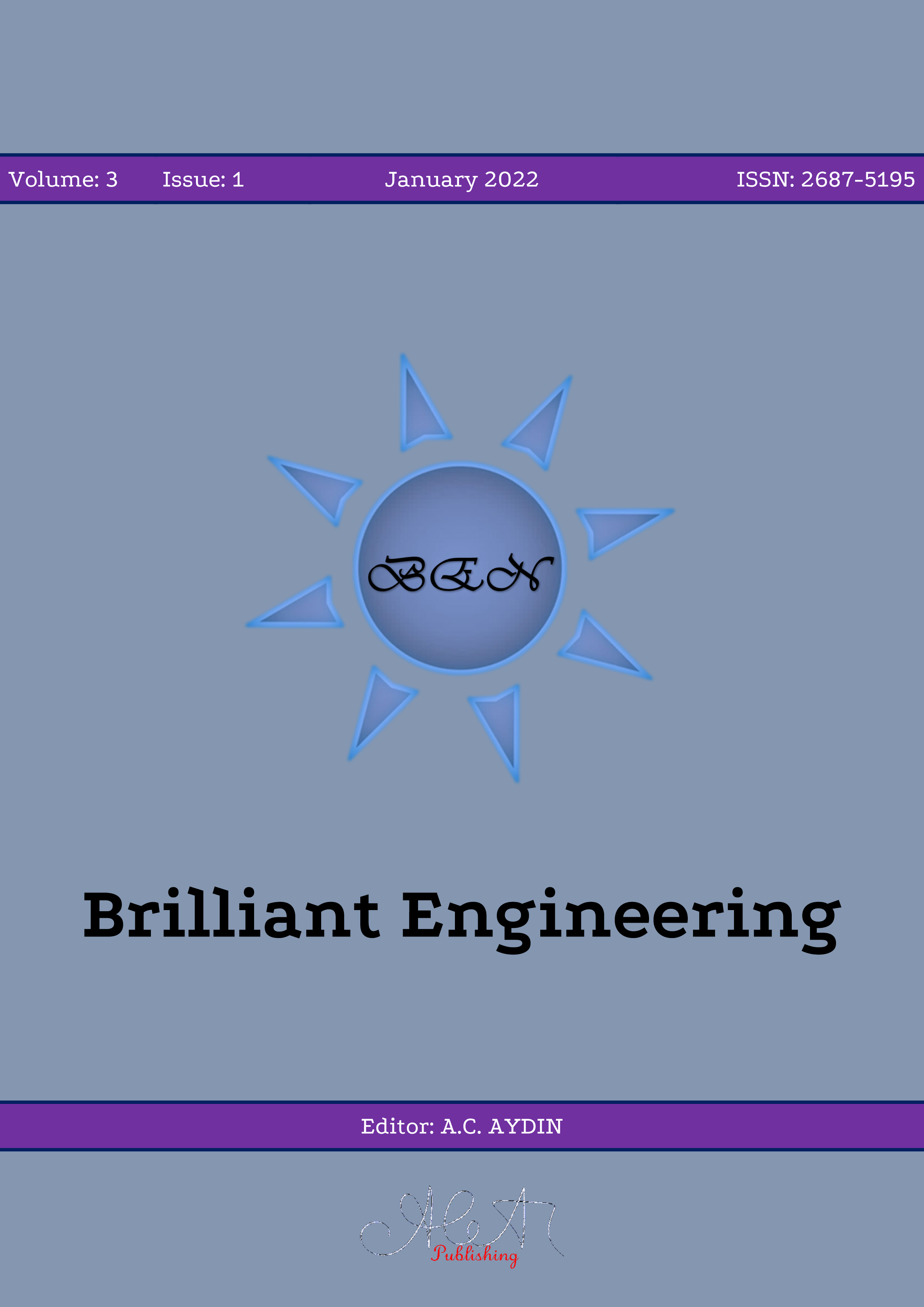ISSN:2687-5195
Journal of Brilliant Engineering (BEN)
ARTICLES Volume 4 - Issue 2 - April 2023
ISSIFA HAMIDOU TINNI
Türker fedai ÇAVUŞ
In this study, we conduct an analysis of Niger's energy potential and electricity production capacity. We are interested in the potential of renewable energies in order to see if an electric production using renewable energies, more precisely solar and wind energies, are viable for Niger. In order to achieve results that are closer to reality, we used the HOMER PRO program, which allows us to simulate the energy production of several types of power plants while having the possibility of changing the wind speed parameters as well as solar radiation, and also to introduce the installation, maintenance and operation costs in order to establish a better economic and optimal energy analysis. We have therefore proceeded to the simulation of different scenarios of photovoltaic and wind power plants for the city of NIAMEY where the highest human density of Niger is located. According to our results and based on installation and maintenance costs only we note that the solar electric potential is much higher than that of the wind energy for the city of Niamey. The energy cost of the solar photovoltaic power plant is lower than that of the wind power plant although the initial investment of the PV is higher than the wind power plant. In the same way, solar panels have a better electrical output under the climatic conditions of Niger than wind turbines because of a good solar irradiation in the city of Niamey.
https://doi.org/10.36937/ben.2023.4822
Edward Ngii
Anafi Minmahddun
Fathu Nur Rahmah Kudus
This study evaluates the stability of a widened road embankment slope by considering the effect of rain infiltration, which is often ignored in practical design. Rainfall infiltrates the soil and alters pore water pressure, reducing its shear strength and potentially causing slope failure. The Phi Index method is used to determine rain infiltration values, using rainfall data from four nearby rain stations over 10 years. The changes in pore water pressure resulting from rain infiltration are incorporated into the slope stability analysis by the limit equilibrium concept using the Spencer method. Back analysis is used to determine the soil shear strength parameters since the CPT test results provide a correlation with values within a certain range. Soil parameters resulting in a safety factor value close to 1.25 (critical condition) were considered representative field conditions. The analysis shows a decrease in the safety factor from 1.50 to 1.31 (12%). These findings emphasize the importance of accounting for rain infiltration in road embankment stability analyses, particularly in areas with high rainfall where the safety factor may fall below the minimum required by Indonesian geotechnical code. When an infiltration effect analysis is not conducted, the safety factor should be increased at least 12% from normal conditions.
https://doi.org/10.36937/ben.2023.4832

